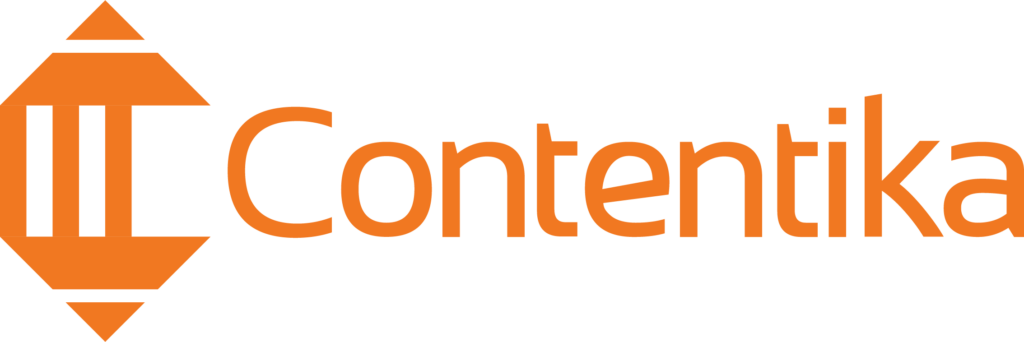The 8 Content Marketing Goals That Are Critical to Your Business
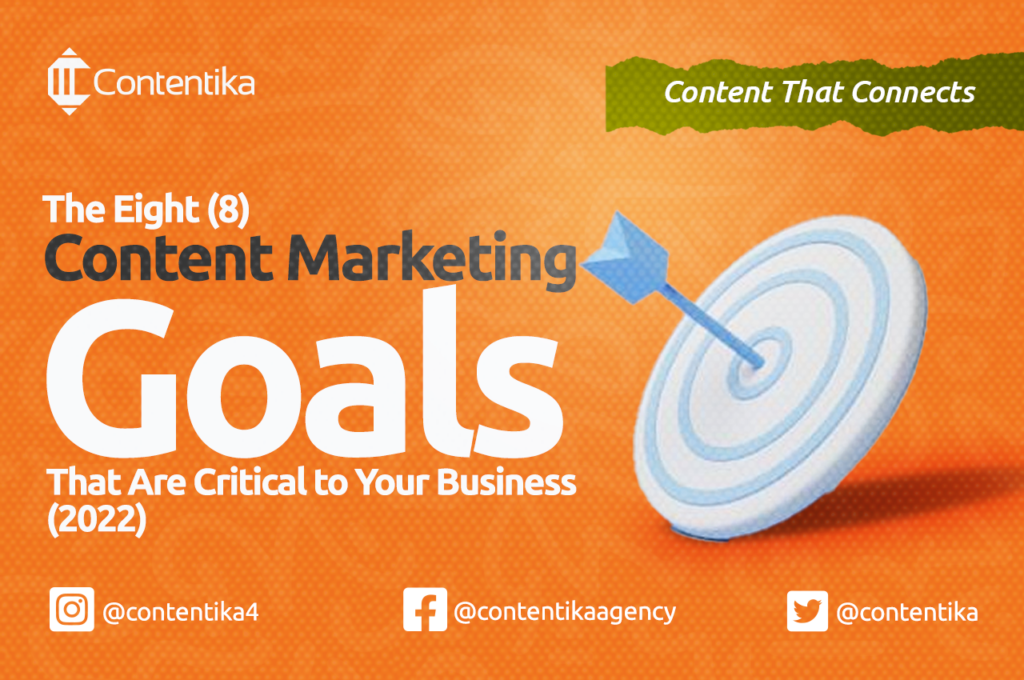
If you’re running a business, having a content marketing strategy is key to success. Why? Because it helps ensure your content is working towards your overall business goals. Plus, today’s customers are bombarded with choices, and if you want them to pick your product or service, you need to have great content that cuts through […]
How to Create a Content Marketing Budget That Works For Your Business

Content marketing is a necessary evil! Okay, necessary? Yes. Evil? Not necessarily —provided you take the proper precautions. Content marketing is the lifeblood of your online presence, but it can also be a massive drain on your resources if you’re not careful. That’s why creating a content marketing budget will allow you to produce the […]
The Know-How to Boosting Your Content Marketing ROI
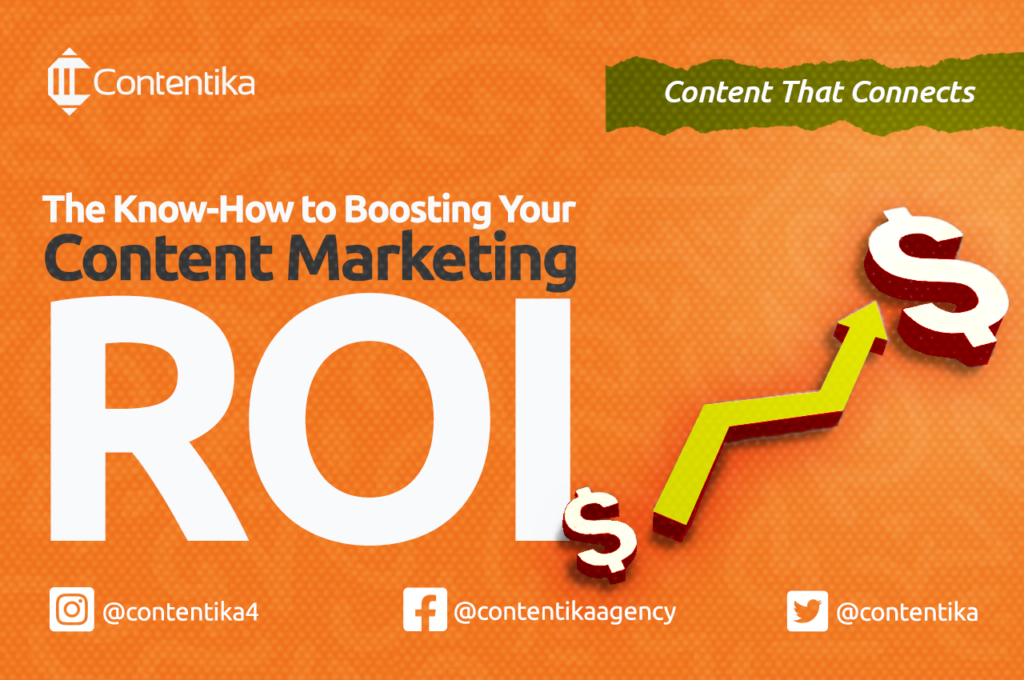
You’ve probably heard it said that “content is king” when it comes to online marketing. That’s because high-quality, well-written, informative content can help attract and engage potential customers, build trust and credibility, and drive conversions. But what’s often missing from the equation is a discussion of content marketing ROI – or how to measure the […]
How to Dominate Your Industry With Content Marketing: A Roadmap

To dominate your industry, you need more than a great product or dream to sell. You also need an effective content marketing strategy. Every business wants to be the thought leader in its field, and content marketing can make all the difference. Content marketing can be the ace that takes your business from obscure to […]
How a Content Management System Can Transform Your Business

In today’s business world, a website is essential. It’s a way to reach customers, market products or services, and connect with potential new customers or partners. But creating and maintaining a website can be expensive and time-consuming, especially if you don’t have the right tools. That’s where a Content Management System (CMS) becomes a lifesaver. […]
The Ultimate Guide on Repurposing Content for Businesses
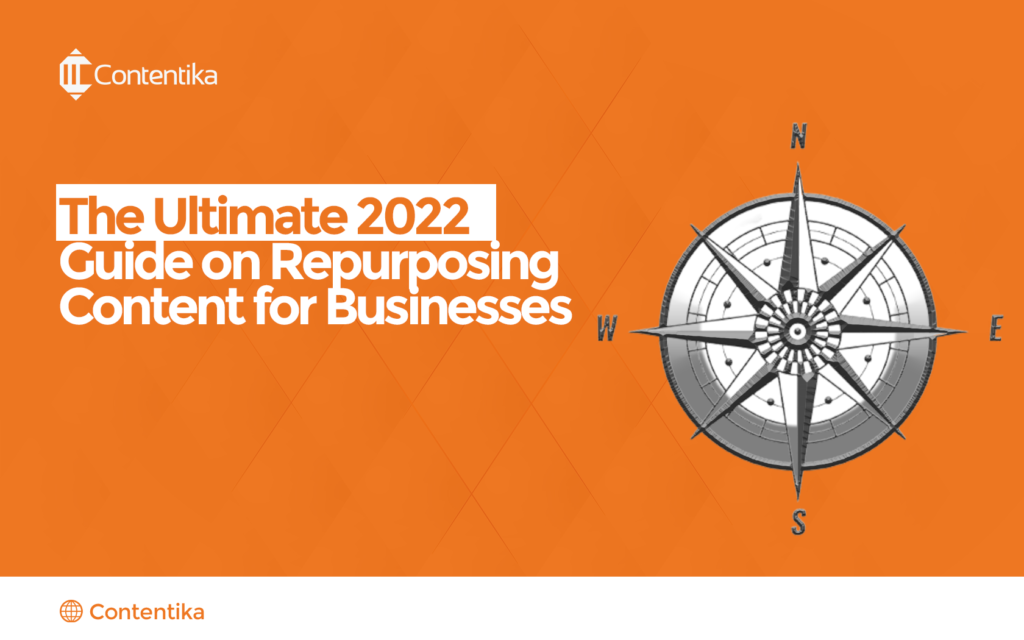
Are you looking for ways to get more mileage out of your content? If you’re like most business owners, you’re probably always on the lookout for ways to get more bang for your buck – repurposing content is a great way to do that. Reusing and repurposing old content can save time and money while […]
An Ultimate Guide to Successful Inbound Marketing

Digital marketing can be overwhelming, with a constant stream of new tactics and technologies to keep up with. But at the end of the day, all inbound marketing comes down to making good content and connecting with your audience in a tangible way. Customers don’t want to be bombarded with sales messages – they want […]
A Comprehensive Guide to Content Forms: What Works, and Why

As content marketing grows and evolves and different trends and techniques emerge, brands and businesses must adapt and tailor their content strategies to what works in the digital age. Depending on their target audience, industry, and goals, different businesses will find that various content forms work better for them. And as different platforms and devices […]
The Ultimate Guide to Doing Small Business Content Marketing [+Free Template]
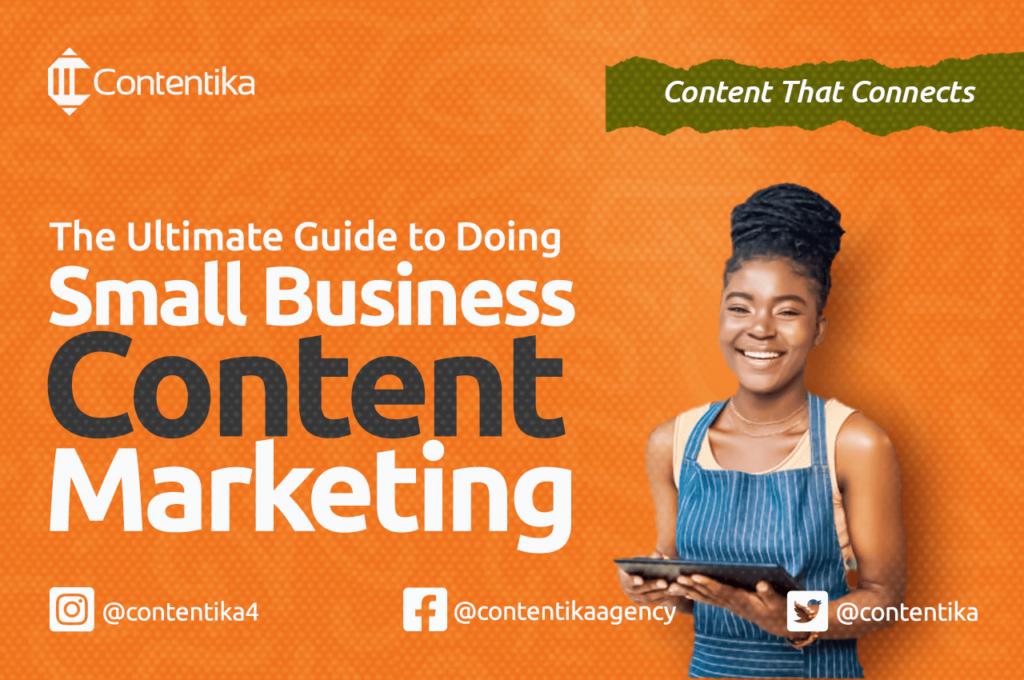
Small business owners have their work cut out for them. Not only do they have to manage the day-to-day operations of their businesses, but they also have to find time to market them effectively. However, marketing can be both challenging and expensive. It’s hard to compete with the big guys regarding visibility; traditional advertising methods […]
